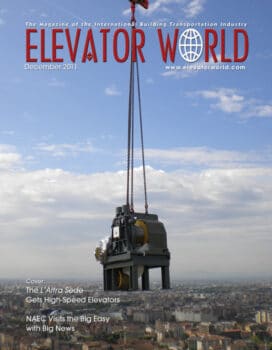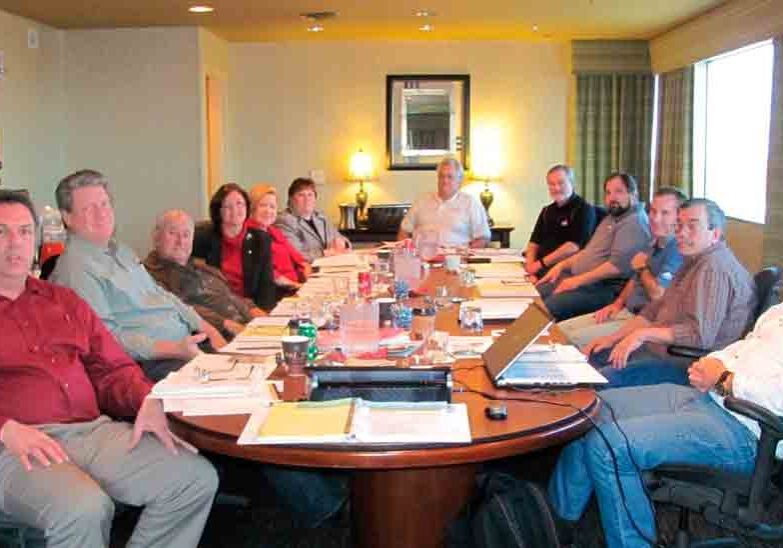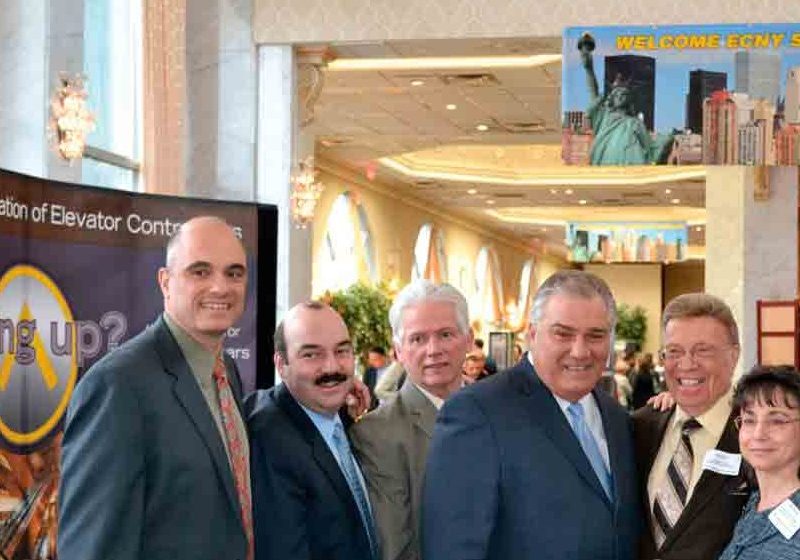Speaker’s Rostrum at the U.S. House of Representatives
Sep 1, 2011

Gillespie Corp. recounts the process of making the Speaker’s rostrum on the House floor wheelchair accessible.
On January 27, 2010, President Barack Obama became the first U.S. president to de-liver the State of the Union address on a wheelchair-accessible Speaker’s rostrum in the U.S. House of Representatives. Later that year, on July 26, Congressman Jim Langevin, a quadriplegic, presided over the House of Representatives – the first time a wheelchair-bound member had mounted the rostrum as acting Speaker. These firsts were made possible by Gillespie Corp. of Ware, Massachusetts, which was able to make the Speaker’s rostrum on the House floor wheelchair accessible using a series of two lifts. This precedent was timed to commemorate the 20th anniversary of the enactment of the Americans with Disabilities Act. The Challenge
The stipulation from the Architect of the Capital, the elevator consultant and the outside architectural firm working on the project was that the lifts had to be unobtrusive and virtually indistinguishable from the existing structure. Initially, Gillespie was advised that there was ample space below the floor to accommodate the required equipment. Upon further investigation, which entailed crawling under the House floor, it was discovered that, at most, 8.5 in. were available to house all equipment. The engineers, headed by John Linsley, Gillespie’s Engineering manager, were able to overcome the obstacle.
For access to the rostrum, Gillespie designed the lifts to take the place of two platforms, which were two of the six steps leading to the rostrum. To get from the House floor to the rostrum, one has to first climb three steps, make a 90° turn, then climb three more steps. The two lifts operate in a similar manner. Each covers three levels with an extending plat-form to span steps and automatic curbs to allow or restrict wheelchair movement at each level. All operations are constant pressure, and a network of switches, hydraulic cylinders and electromechanical actuators control every operation. The first lift covers the first three levels, beginning at the House floor and traveling to the midlevel. The second lift travels from the midlevel to the Speaker’s platform. The lifts are carpeted and serve as the first and fourth steps of the rostrum when not functioning as lifts.
Congressman Langevin said of the lift:
“I have long said that I may be the first quadriplegic to serve in Congress, but I won’t be the last. This is an extremely proud moment for me and helps renew my spirit as we continue to remove barriers and strengthen the ADA for millions of Americans with disabilities in the decades to come.”
This project proved to be one of Gillespie’s most challenging. The company is proud to have been part of making the Speaker’s rostrum in the U.S. House of Representatives wheelchair accessible.
Get more of Elevator World. Sign up for our free e-newsletter.









